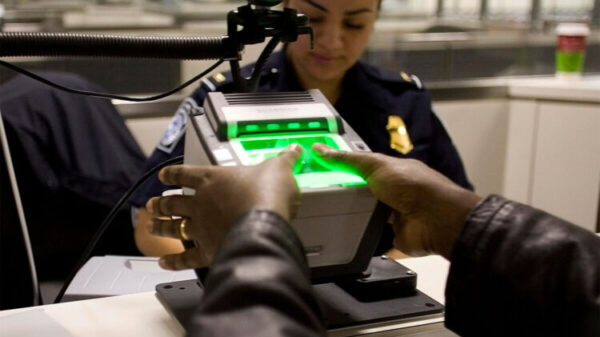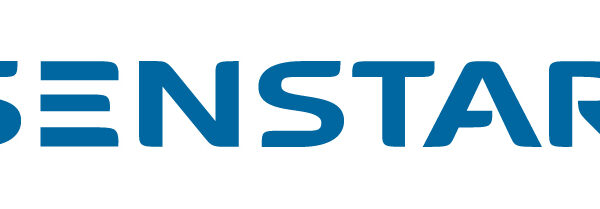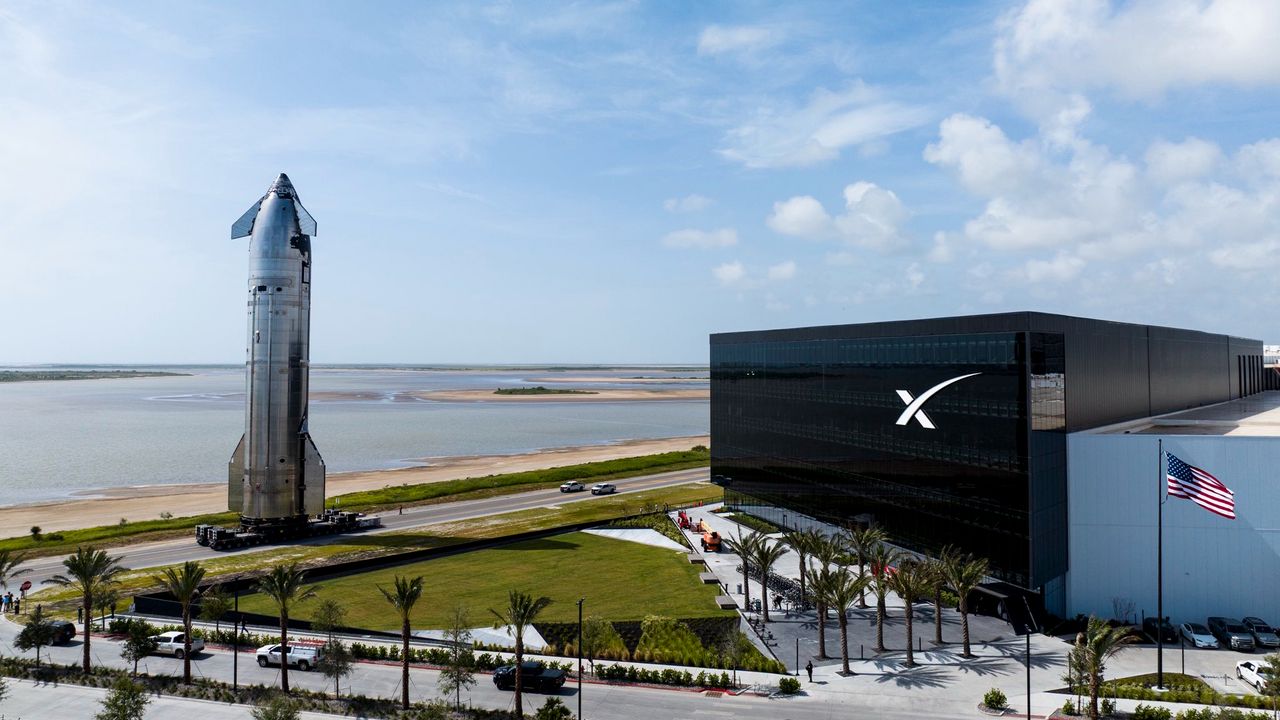SpaceX has transported its Starship spacecraft to the launch pad at its Starbase facility in South Texas, marking a significant step in preparations for the vehicle’s upcoming tenth flight. This milestone was shared by the company on July 28, 2023, through a post on the social media platform X, highlighting the 171-foot-tall (52-meter) Starship upper stage’s journey with a series of four photographs. Although no specific launch date has been set, the flight is anticipated to occur in August, as indicated by SpaceX founder and CEO Elon Musk.
The transition of the Starship to the launch pad utilizes the Starbase launch tower’s “chopstick” arms, which securely position the vehicle for testing. Musk has previously stated that the liftoff could happen “in about three weeks” from a prior update, but he later revised his prediction to simply “next month.”
Starship’s Ambitious Design and Previous Challenges
The Starship system is the largest and most powerful rocket ever constructed, designed to facilitate human colonization of Mars and other ambitious space endeavors. The entire vehicle measures 400 feet (122 meters) tall, comprised of two main components: the Super Heavy booster and the upper-stage spacecraft known as Starship, or “Ship” for short. Both elements are built from stainless steel and intended for full reusability, reflecting SpaceX’s commitment to sustainable space exploration.
The current Ship designated for Flight 10 is the second SpaceX has prepared for this specific mission. The first Ship was lost in a catastrophic failure during a static fire test at Starbase on June 18, 2023. This incident, described by the company as a “rapid unscheduled disassembly,” was traced back to a malfunctioning pressurized nitrogen tank located near the nose of the vehicle.
Flight 10 will be closely monitored, particularly given the upper stage’s recent track record. SpaceX has experienced losses with the Ship during its three most recent test flights conducted in January, March, and May 2023. In contrast, the Super Heavy booster has successfully completed both Flight 7 and Flight 8, effectively launching the Ship and returning safely to the launch tower for recovery via the chopstick arms.
Future Prospects and Testing Ahead
For Flight 9, SpaceX opted not to attempt a recovery using the chopsticks but instead aimed for a splashdown in the Gulf of Mexico. Unfortunately, the Super Heavy booster disintegrated shortly after initiating its landing burn. These past events add an element of urgency as the company prepares for the next flight and refines its strategy for both the booster and the upper stage.
As the launch date for Flight 10 approaches, the world watches closely to see if SpaceX can overcome previous setbacks and make significant strides in its ambitious goal of advancing human space exploration. The success of the upcoming test could have far-reaching implications for the future of space travel and the company’s larger objectives.





































































